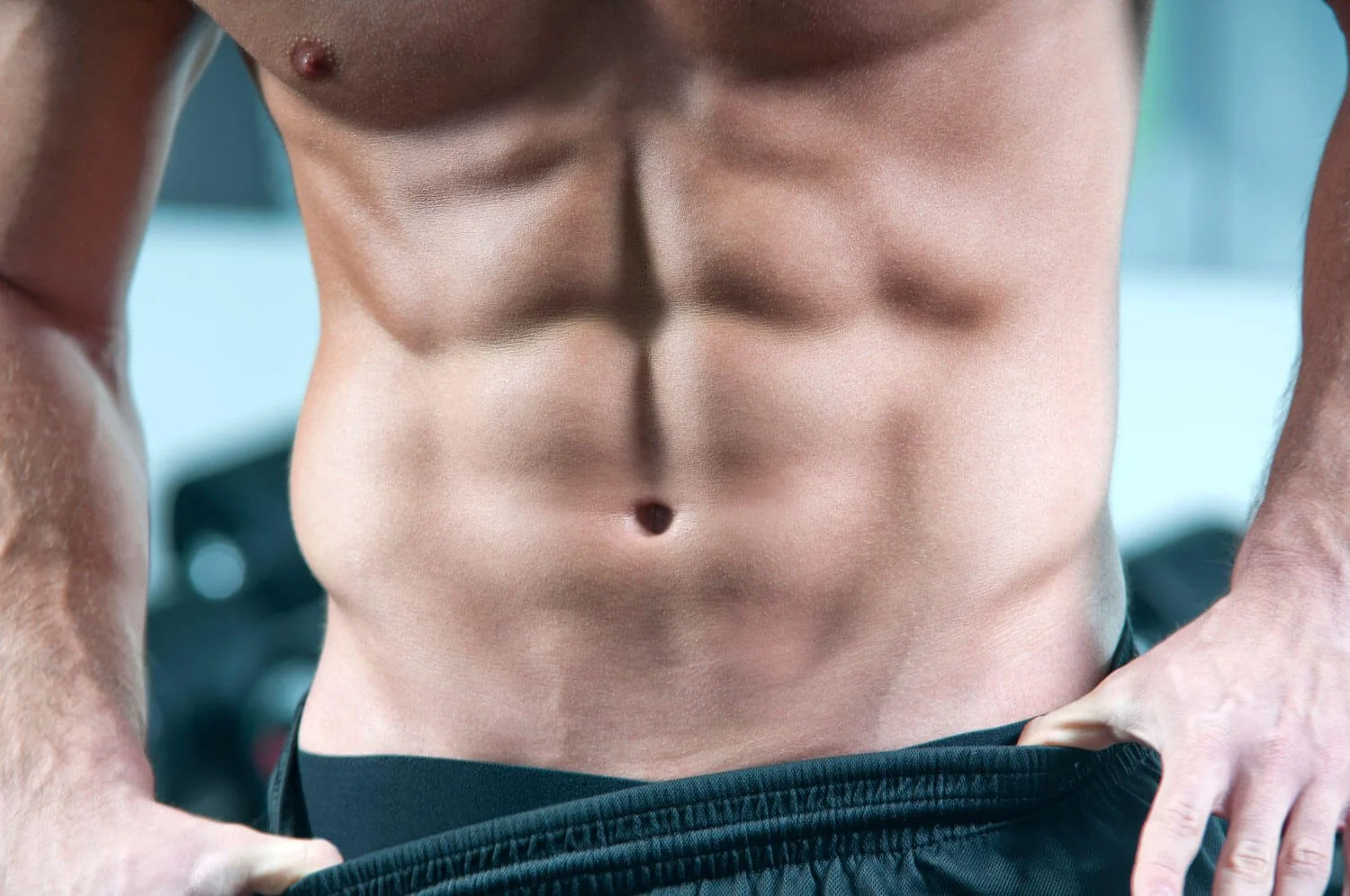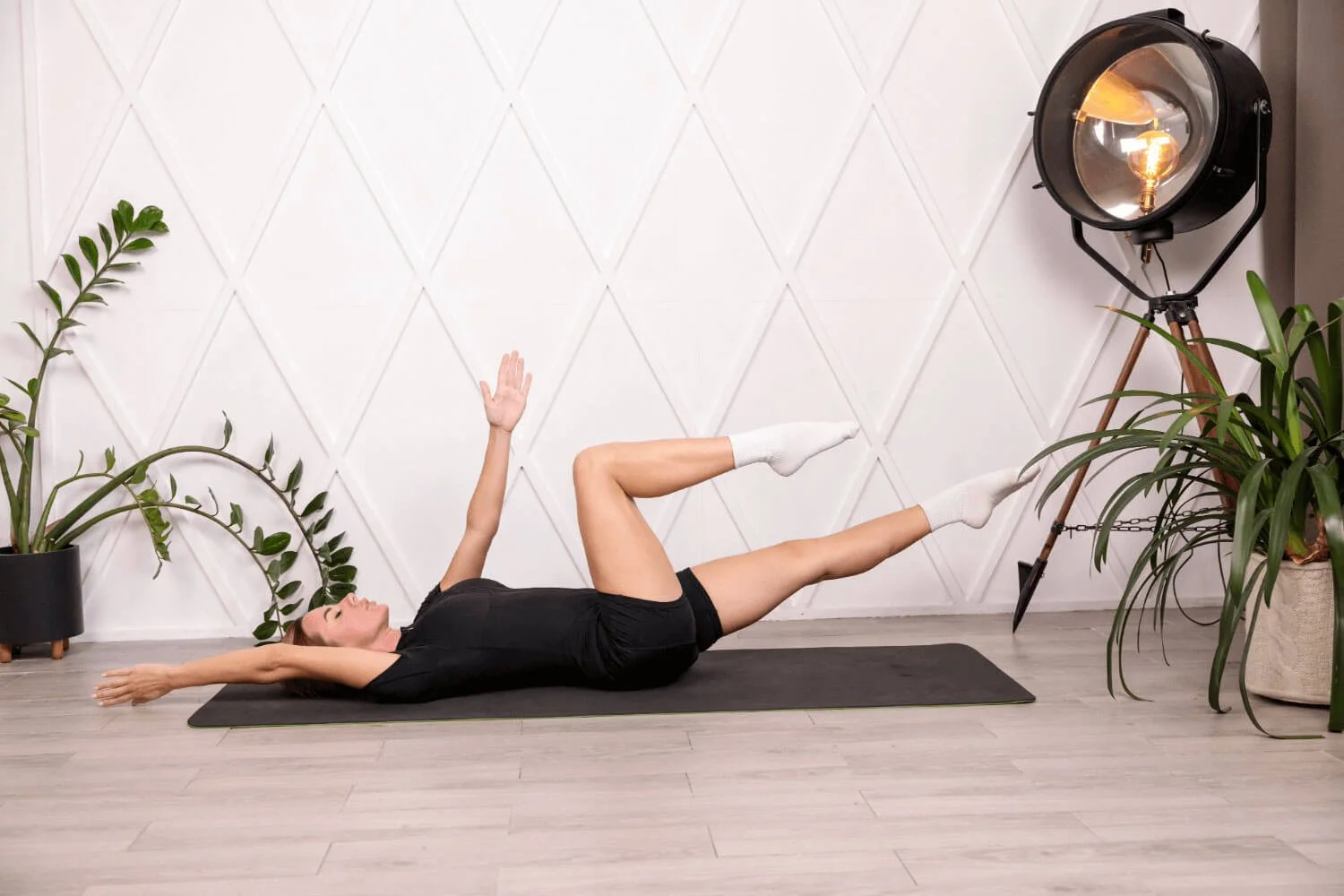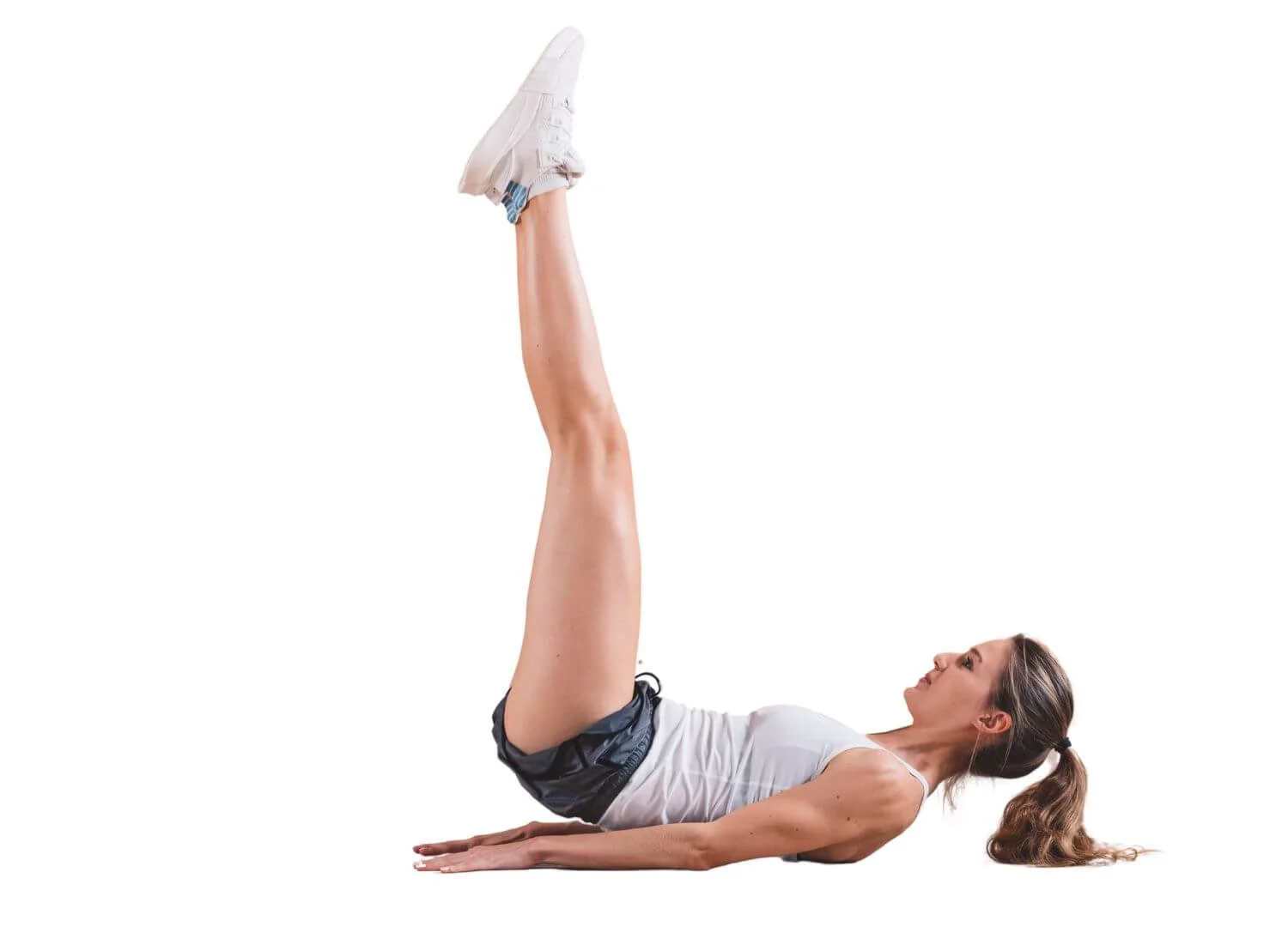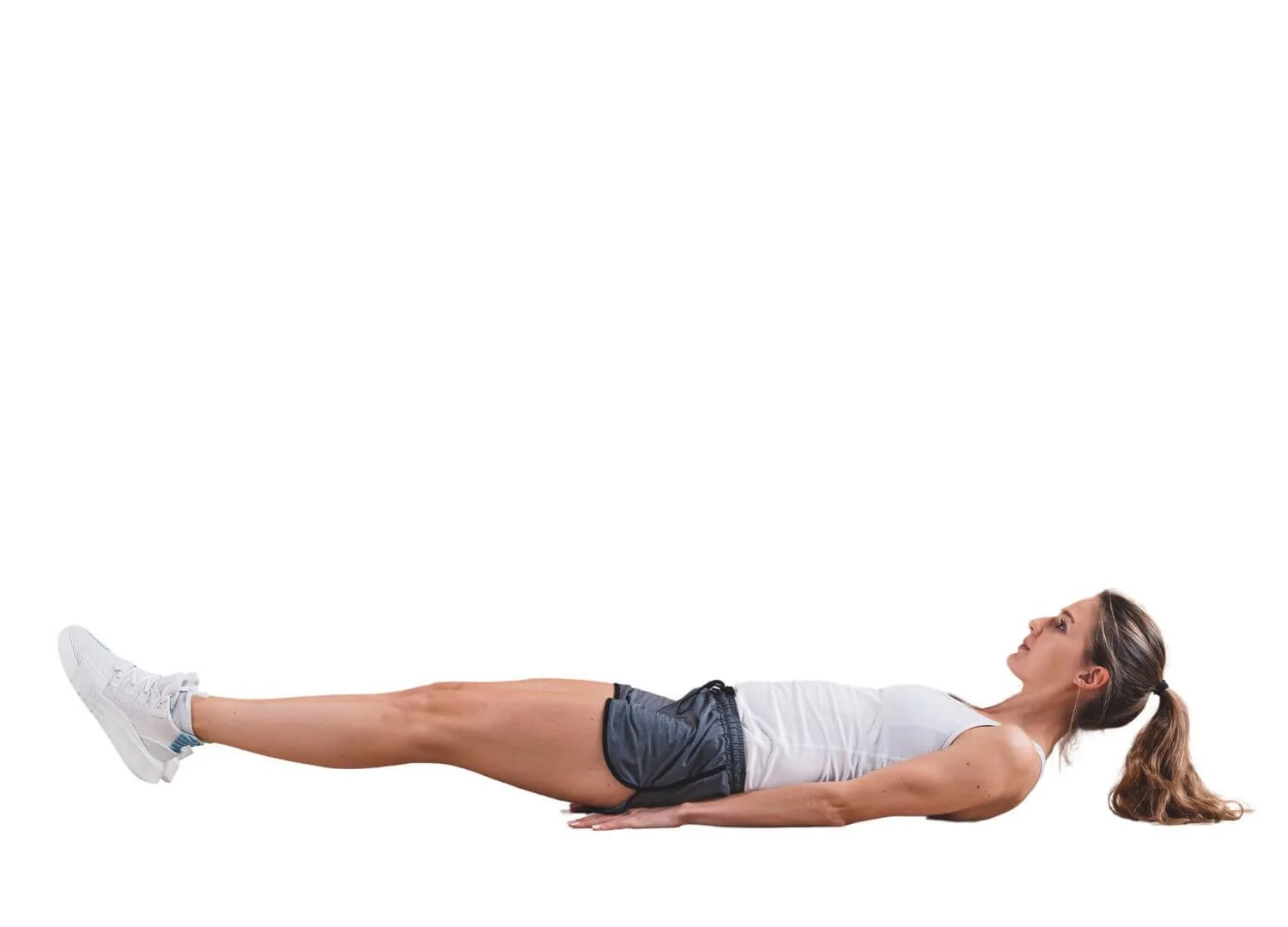Core Workout Routine: Build Strength and Stability
A strong core is more than just visible abs—it's the powerhouse behind every movement you make. Whether you're lifting weights, running, or just sitting at your desk, your core stabilizes your spine, supports posture, and helps prevent injury. This simple but effective core workout is designed to improve strength, stability, and endurance using bodyweight exercises you can do at home.
Why Train Your Core?
Improve posture and reduce back pain
Enhance athletic performance and total-body strength
Prevent injuries by stabilizing your trunk and pelvis
Support functional movement in everyday life
How to Use This Routine
Do this routine 2–3 times per week
Rest 30–60 seconds between exercises
Complete 3 rounds for a full 20–30 minute session
Tip: Focus on control and form rather than speed. Your core should be engaged throughout every movement.
Sculpted Strength: A defined six-pack is more than aesthetics — it’s a sign of a strong, stable core essential for overall fitness and injury prevention.
The Core Workout Routine
1. Dead Bug
Reps: 10 per side
Why: Builds deep core stability while protecting your lower back
How to: Lie on your back, arms extended toward the ceiling, knees bent 90 degrees. Slowly lower your right arm and left leg toward the floor. Return to start and repeat on the opposite side.
Building Core Stability: The dead bug exercise targets deep abdominal muscles, improving balance, posture, and overall core strength.
2. Forearm Plank
Time: 30–60 seconds
Why: Engages the entire core while promoting isometric endurance
How to: Elbows directly under shoulders, body in a straight line from head to heels. Keep hips level and avoid arching your back.
Power in Stillness: The forearm plank activates the entire core, enhancing endurance, stability, and full-body strength.
3. Side Plank (Each Side)
Time: 20–40 seconds per side
Why: Targets obliques and improves lateral stability
How to: Lie on your side, prop yourself up on one elbow, lift hips off the floor. Stack feet or stagger for support. Keep core tight and hips high. Placing the top arm down, on the hip for stability, or reaching up can challenge your core and improve balance.
Elevate Your Core: A side plank with the top arm extended builds oblique strength, stability, and balance.
4. Glute Bridge March
Reps: 10 per leg
Why: Strengthens glutes and posterior chain while challenging core balance
How to: Lie on your back with knees bent, lift hips into a bridge. While holding the bridge, lift one knee toward your chest, lower, and repeat on the other side.
Glute Bridge March: A powerful move to activate the glutes, strengthen the core, and improve hip stability.
5. Bird Dog
Reps: 10 per side
Why: Enhances cross-body coordination and core control
How to: Start in tabletop position. Extend your right arm and left leg simultaneously. Pause, return to start, and repeat on the other side. Keep hips steady.
Bird Dog: A dynamic move that strengthens the core, improves balance, and enhances spinal stability.
6. Leg Raises
Reps: 10–15
Why: Targets lower abdominal muscles
How to: Lie on your back, legs straight. Keeping your core engaged and back pressed to the floor, lift your legs up to 90 degrees, then lower with control.
Leg Raises: Lifting legs to 90 degrees targets the lower abs for core strength and stability.
Controlled Descent: Lowering legs slowly engages the lower abdominal muscles and improves core control.
Progressions & Tips
Add a 15-30 second hollow hold after each round for extra burn
Increase difficulty with light ankle weights or a resistance band
Stay consistent: progress comes with repetition and proper form
FAQ
What is the best core exercise for beginners?
Dead bugs and bird dogs are ideal beginner core exercises. They're safe, simple, and build deep stability.
How often should I do core workouts?
Aim for 2–3 times per week with at least a day of rest between sessions to allow for recovery.
Can I do this core workout every day?
You can do core work daily if intensity is low, but for strength and muscle gains, 2–3 focused sessions per week are more effective.
Do I need equipment for this workout?
No equipment is needed—this is a bodyweight-only routine you can do anywhere.
In Conclusion
This routine is perfect whether you're just getting into fitness or want to level up your athletic performance. A stable, strong core will benefit you in every aspect of movement. Stick to this plan consistently and you'll notice improved posture, balance, and strength from the inside out.









